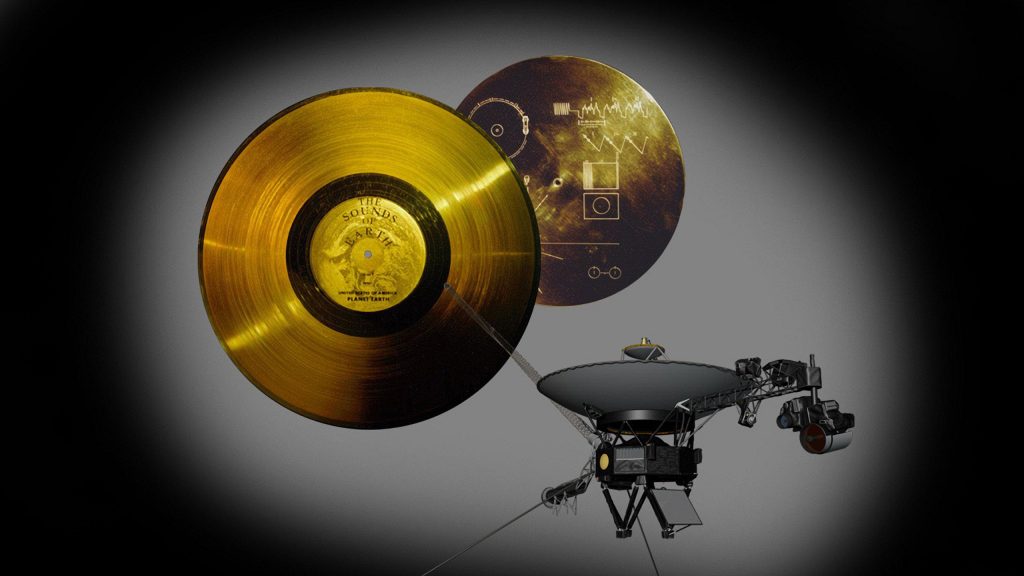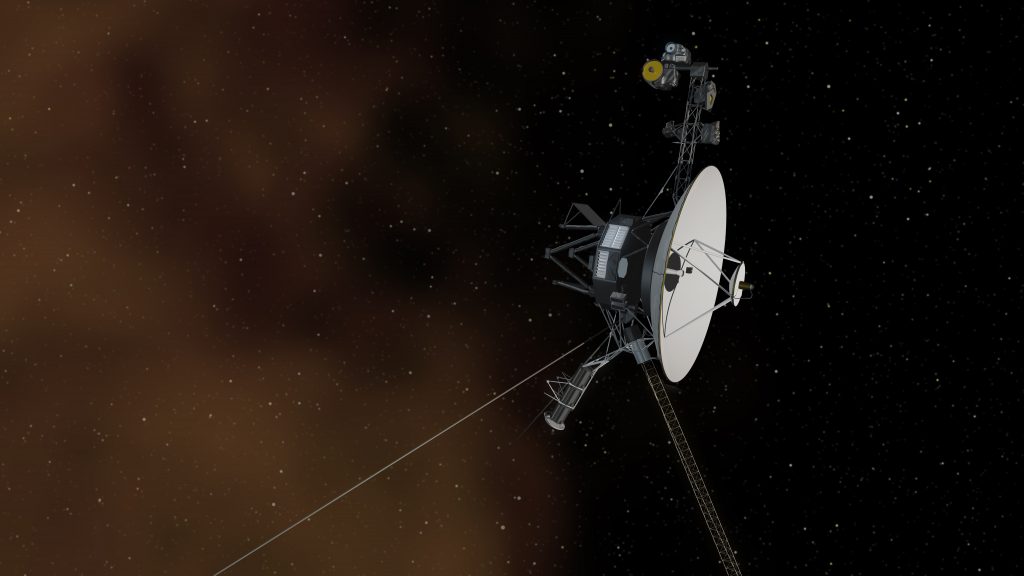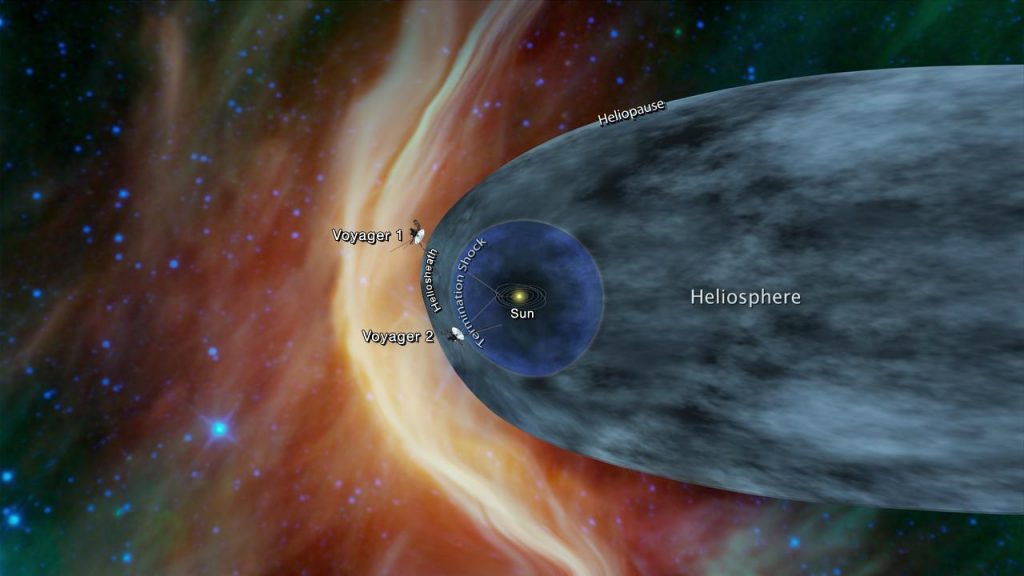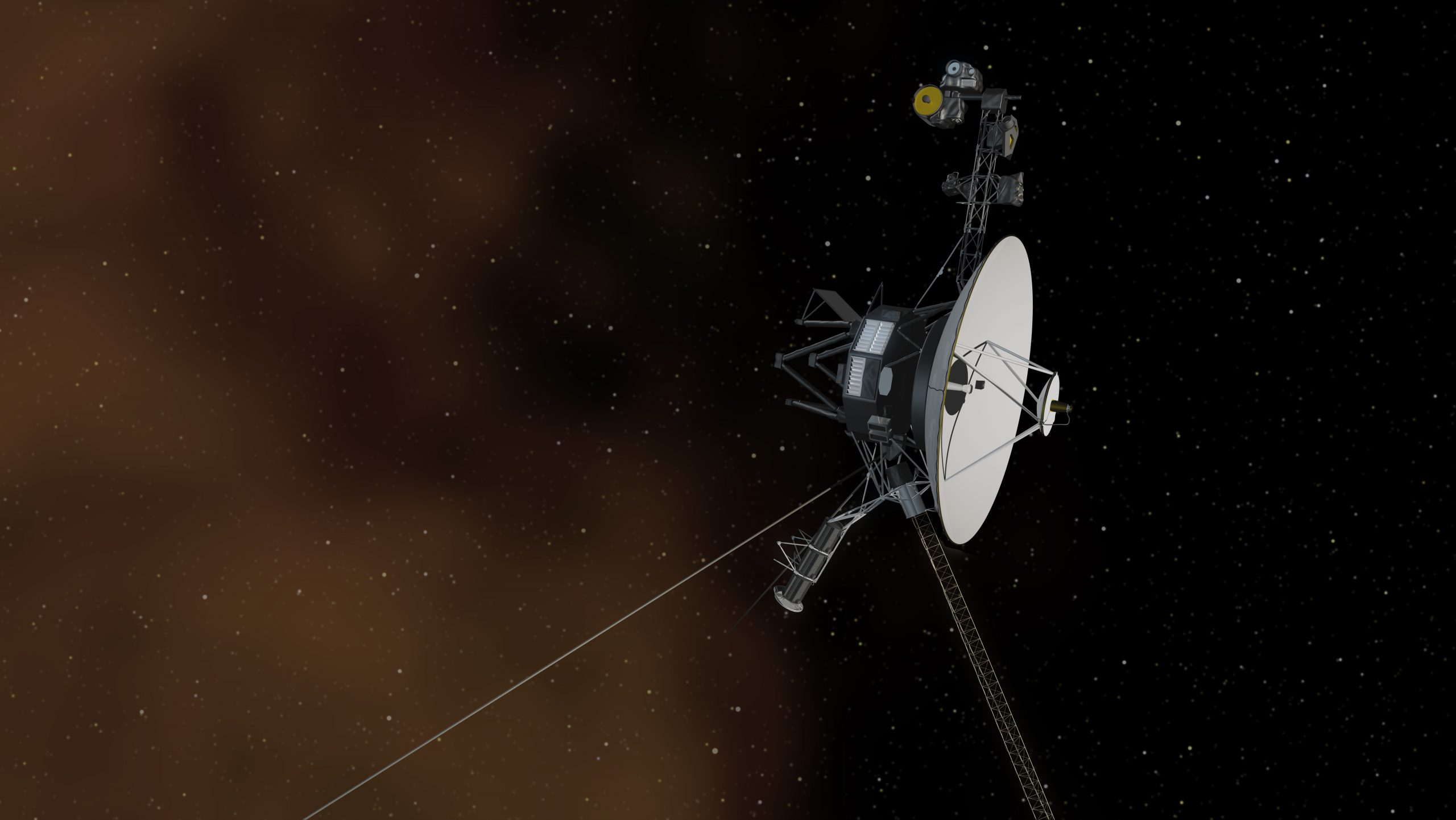The Voyager Interstellar Mission is a shining example of human curiosity, innovation, and the unyielding desire to explore the unknown. Launched in 1977, NASA’s twin Voyager spacecraft have been traversing our solar system and beyond, collecting invaluable data, making groundbreaking discoveries, and forever changing our understanding of the cosmos. As they continue their journey into interstellar space, the Voyagers stand as enduring symbols of humanity’s insatiable thirst for knowledge and exploration. In this article, we will delve into the history, achievements, and future of the Voyager Interstellar Mission.
The Origins of the Voyager Mission
The Grand Tour
The concept of the Voyager mission can be traced back to the early 1960s when scientists realized that a rare planetary alignment would occur in the late 1970s, presenting a unique opportunity for a “Grand Tour” of the outer planets. This alignment would allow a spacecraft to use gravity-assist maneuvers, enabling it to visit multiple planets with minimal fuel consumption. Recognizing the scientific potential of such a mission, NASA began developing plans for the Voyager program.
Mission Objectives and Design
Originally known as Mariner Jupiter-Saturn 1977, the Voyager mission was designed to explore Jupiter and Saturn, as well as their moons and surrounding environments. However, the mission was soon expanded to include flybys of Uranus and Neptune, as the spacecraft’s trajectory allowed for these additional encounters. The twin Voyager spacecraft were equipped with a suite of scientific instruments, including cameras, spectrometers, and magnetometers, designed to gather data on the planets, moons, and other celestial objects they would encounter.
The Golden Records
One of the most famous aspects of the Voyager spacecraft is the inclusion of the Golden Records – a collection of sounds, images, and messages representing Earth and its diverse inhabitants. Conceived by astronomer Carl Sagan, the records were designed as a sort of time capsule, intended for any extraterrestrial beings that may come across the spacecraft in the distant future. The Golden Records contain a variety of content, including greetings in multiple languages, music from various cultures, and images depicting life on Earth.

The Voyager Spacecraft
Voyager 1
Launched on September 5, 1977, Voyager 1’s primary mission was to conduct flybys of Jupiter and Saturn, along with their respective moons. The spacecraft’s trajectory was designed to provide close-up views of the planets and their major satellites, as well as to study the composition and dynamics of their atmospheres. Voyager 1’s encounter with Saturn’s moon Titan ultimately determined the spacecraft’s trajectory, as a close flyby of the enigmatic moon was deemed a high priority. This decision resulted in Voyager 1 being flung out of the plane of the solar system, ending its planetary encounters but paving the way for its journey into interstellar space.
Voyager 2
Voyager 2, launched on August 20, 1977, had a similar mission profile to its twin, with planned flybys of Jupiter and Saturn. However, due to the spacecraft’s trajectory, it was also able to visit Uranus and Neptune, making Voyager 2 the only spacecraft to have visited all four of the outer planets. The additional encounters with Uranus and Neptune provided valuable data on these distant worlds and contributed significantly to our understanding of the outer solar system.
The Grand Tour: Visiting the Outer Planets
Jupiter Encounters
Both Voyager 1 and Voyager 2 conducted successful flybys of Jupiter, revealing stunning details about the gas giant and its diverse moons. The spacecraft discovered previously unknown features, such as Jupiter’s faint rings and the Great Red Spot’s complex structure. They also captured high-resolution images of the Galilean moons, including the volcanic surface of Io and the ice-covered terrain of Europa, which sparked interest in the possibility of subsurface oceans harboring life.
Saturn Encounters
The Voyager spacecraft continued their journey to Saturn, where they provided unprecedented insights into the planet’s complex ring system, atmosphere, and moons. The spacecraft discovered new moons, observed the intricate structure of Saturn’s rings, and studied the atmosphere’s composition and dynamics. Voyager 1’s encounter with Titan revealed a thick, hazy atmosphere, which later proved to contain complex organic molecules, further increasing interest in the moon’s potential for life.
Uranus and Neptune Encounters (Voyager 2)
Voyager 2’s extended mission allowed it to visit Uranus and Neptune, providing the first close-up views of these distant ice giants. The spacecraft discovered new moons, studied the planets’ magnetic fields, and observed their atmospheres and ring systems. Voyager 2’s encounter with Neptune’s moon Triton revealed a geologically active world with geysers spewing nitrogen gas, fueling further speculation about the possibility of subsurface oceans in the outer solar system.
The Interstellar Mission
Entering Interstellar Space
In 2012, Voyager 1 became the first human-made object to enter interstellar space, followed by Voyager 2 in 2018. The spacecraft continue to send back data, providing invaluable information about the boundary between our solar system and the vast expanse of interstellar space. The Voyagers’ journey into this uncharted territory has allowed scientists to study the heliosphere – the protective bubble created by the solar wind – and its interaction with the interstellar medium.

The Heliopause and Beyond
As the Voyager spacecraft venture further from the Sun, they are revealing new details about the heliopause – the outer boundary of the heliosphere – and its complex structure. The spacecraft have observed differences in the solar wind’s speed and density, as well as variations in cosmic rays, providing a more comprehensive understanding of our solar system’s interaction with the interstellar medium.

The Future of the Voyager Mission
Though the Voyager spacecraft are now over 40 years old, they continue to function and send back valuable data. NASA has implemented power management strategies to extend their operational lifetimes, allowing the spacecraft to continue gathering data on the interstellar medium and the heliosphere’s outer boundaries. Eventually, the Voyagers’ power sources will be depleted, and they will fall silent, but their legacy will endure as they continue their journey through the cosmos.
Recent Updates and Discoveries
New Power Strategy
In recent years, NASA has developed a new power strategy for the Voyager spacecraft, allowing them to continue conducting science even as their power sources diminish. By selectively powering down instruments and managing available power, the spacecraft can continue to send back valuable data on the interstellar medium, furthering our understanding of this unexplored realm.
Latest Findings
As the Voyager spacecraft continue their journey, they send back new data that furthers our understanding of the interstellar medium and the heliosphere’s outer boundaries. Recent findings include the discovery of a “hum” in interstellar space – a faint, persistent plasma wave detected by Voyager 1 – and the observation of the heliosphere’s outer boundary behaving like a porous membrane, allowing cosmic rays and solar particles to pass through.
The Future of Interstellar Exploration
The Voyager spacecraft have paved the way for future missions to explore the interstellar medium and the outer boundaries of our solar system. As technology continues to advance, new spacecraft could be designed to study this uncharted territory in greater detail, building upon the legacy of the Voyager Interstellar Mission.
Conclusion
The Voyager Interstellar Mission has been an incredible journey of discovery, taking us to the outer reaches of our solar system and beyond. The twin spacecraft have expanded our knowledge of the planets, moons, and other celestial objects they encountered, as well as providing invaluable data on the heliosphere and interstellar space. As the Voyagers continue their voyage into the cosmos, they serve as a testament to humanity’s curiosity, resilience, and determination to explore the unknown. In the years to come, we can only imagine what new discoveries and insights they will reveal, forever shaping our understanding of the universe we call home.
Expand Your Voyage
Discover more about the incredible journey of the Voyager Interstellar Mission and stay up-to-date with the latest news and updates by exploring these resources:
Voyager Mission Status: Stay up-to-date on the current status of both Voyager 1 and Voyager 2 by visiting the official mission status page.
Where Are They Now?: Track the real-time locations of the Voyager spacecraft as they continue their journey through interstellar space.
The Golden Record: Explore the fascinating contents of the Golden Record, a time capsule sent along with the Voyager spacecraft to represent humanity and Earth.
Voyager Timeline: Follow the timeline of the Voyager mission, from its launch to the once-in-a-lifetime alignment of the planets that enabled the Grand Tour.
NASA Voyager Twitter: Stay connected with the latest news and updates from the Voyager team by following their official Twitter account.
Image credits: NASA/JPL-Caltech




